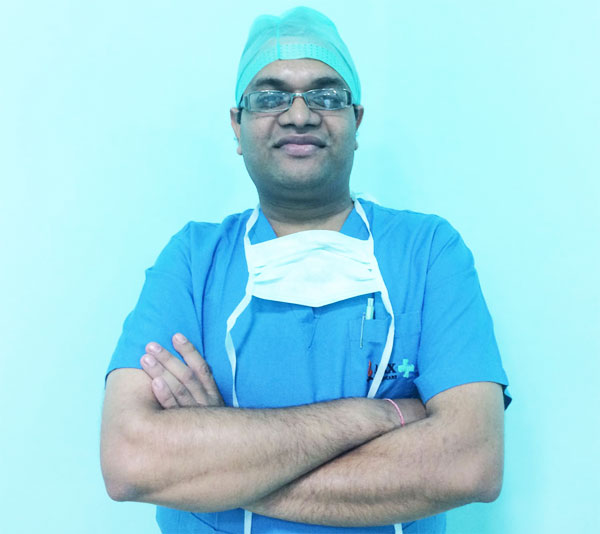All You Need To Know About Choledochal Cyst

A congenital anomaly of the duct that carries bile from the liver to the gall bladder and small intestine is called a choledochal cyst. Bile is produced by the liver to help in food digestion. When a child develops a choledochal cyst, there is an enlargement of that duct, due to which the bile may back up in the liver. Due to the obstruction of the primary duct connecting the pancreas gland to the intestine, this may result in liver issues or pancreatic inflammation.
However, the choledochal cyst is uncommon, and boys are four times less likely to experience it than girls. Adult bile duct cancer is more common in children who have had choledochal cysts. These dangers can be decreased with early treatment.
Choledochal cyst types and locations
Choledochal cysts can develop either inside or outside the bile duct portion of the liver.
Based on where they appear, choledochal cysts can be divided into four basic types:
- Type 1: These make up to 90% of all choledochal cysts and are extrahepatic bile duct cysts.
- Type 2: Abnormal pouches or sacs that emerge from the duct.
- Type 3: Cyst inside the wall of the duodenum
- Type 4: Cysts on either the inside or outside of the bile ducts of the liver.
What is the liver, and what are its functions?
The liver, the second-largest organ in the body, is situated in the abdominal cavity, above the stomach and intestines, and beneath the diaphragm.
The liver contributes to the body in a number of ways, including:
- It stores extra nutrients
- Remove harmful substances from the bloodstream.
- It also helps regulate blood sugar and cholesterol levels.
- The production of proteins that support the immune system, enable blood to clot normally, and carry oxygen
What signs indicate a choledochal cyst?
Although choledochal cysts are present from birth, symptoms may not show up for several years, or they may appear in infancy. The following signs could manifest in infants or older kids:
- Abdominal mass
- Jaundice
- Nausea
- Vomiting
- Fever
- Right upper abdominal ache
Why do choledochal cysts develop?
The bile is transported by the bile duct from the liver, the pancreas, and the first portion of the small intestine. According to research, choledochal cysts develop when there is an abnormality at the point where the pancreatic duct and bile duct converge. Cysts may develop as a result of this improper connection, which forces pancreatic juice to flow backward into the bile duct.
Choledochal cysts: How are they diagnosed?
Before a child is born, certain choledochal cysts are found on an ultrasound.
Parents or doctors may occasionally detect a lump in the upper right abdomen after a baby is born.
Doctors use a variety of tests to confirm whether a child has choledochal cysts:
- Computerized tomography scan (CT or CAT scan) – A CT scan displays in-depth pictures of any biliary system component.
- Cholangiography – a radiographic procedure that shows the bile duct in children
What are the ways in which choledochal cysts are treated?
Choledochal cysts in children must be surgically removed. If the cysts are intrahepatic, a liver lobe must be removed; if they are located outside the liver, a portion of the duct must be removed. Using a piece of intestine, the biliary system is also rebuilt during this procedure.
Minimally invasive surgery to treat choledochal cysts
With a procedure termed a laparoscopy, a surgeon may frequently remove choledochal cysts with minimally invasive surgery. This method involves passing tiny instruments through the body while being guided by a tiny telescope.
In many circumstances, kids who have minor surgery can go home in one to two days and resume their regular activities faster than kids who have major surgery.
Additional advantages of minimally invasive surgery include:
- Reduced pain following the procedure
- Typically, shorter hospital stays
- Relatively little scarring that is difficult to observe months after the procedure
Children with choledochal cysts continue to run the risk of the following issues without surgery:
- Jaundice
- Ductal infection
- Cirrhosis
- Biliary blockage
If neglected, choledochal cysts in adults can develop into malignancies.
Experience the state-of-the-art treatment in Delhi
Dr. Neeraj Goel, the finest GI surgeon in Delhi, wants the best for the health of your gastrointestinal system. Make an appointment for a consultation with him; he can assist you with the diagnosis and selection of the best course of treatment.

 info@gastrodelhi.com
info@gastrodelhi.com +91-9599294453
+91-9599294453